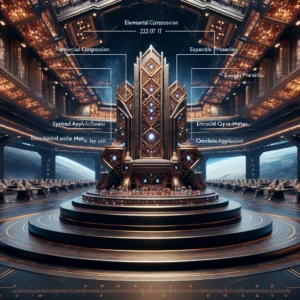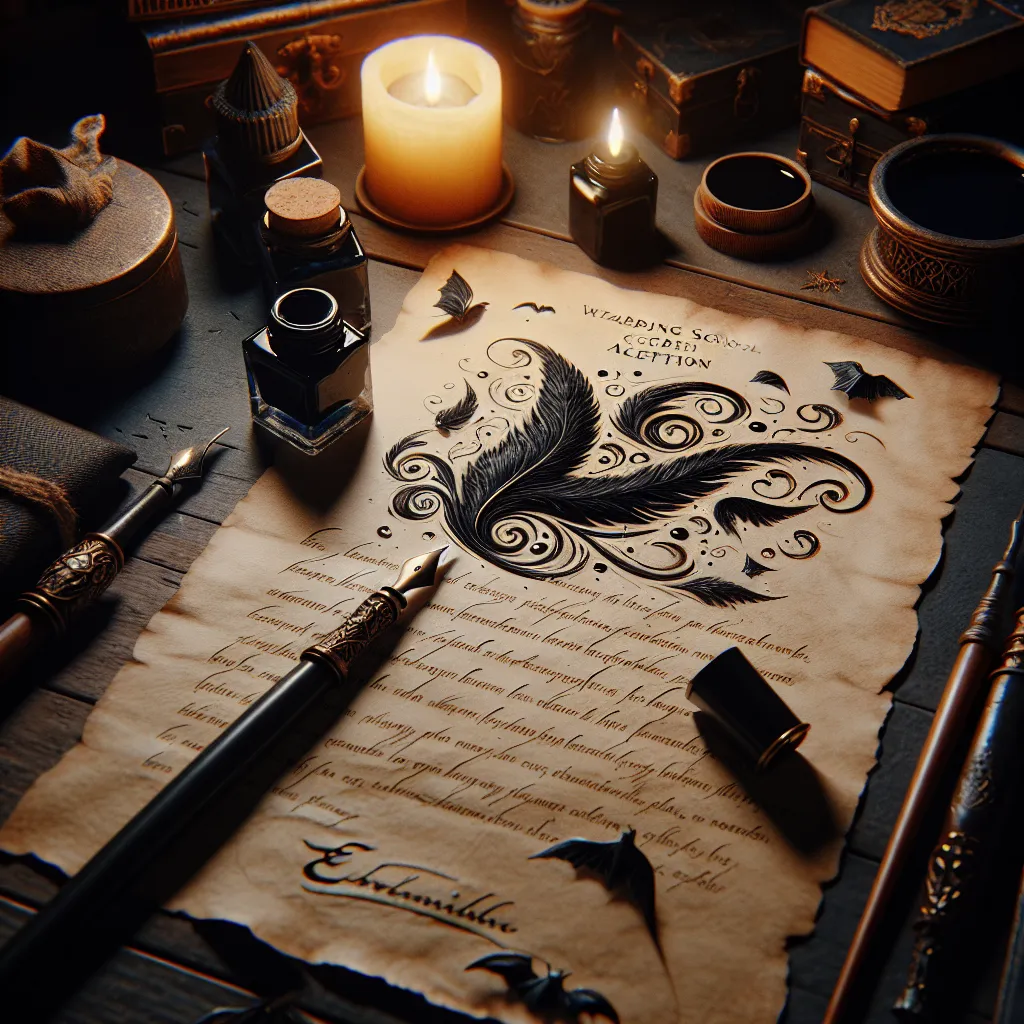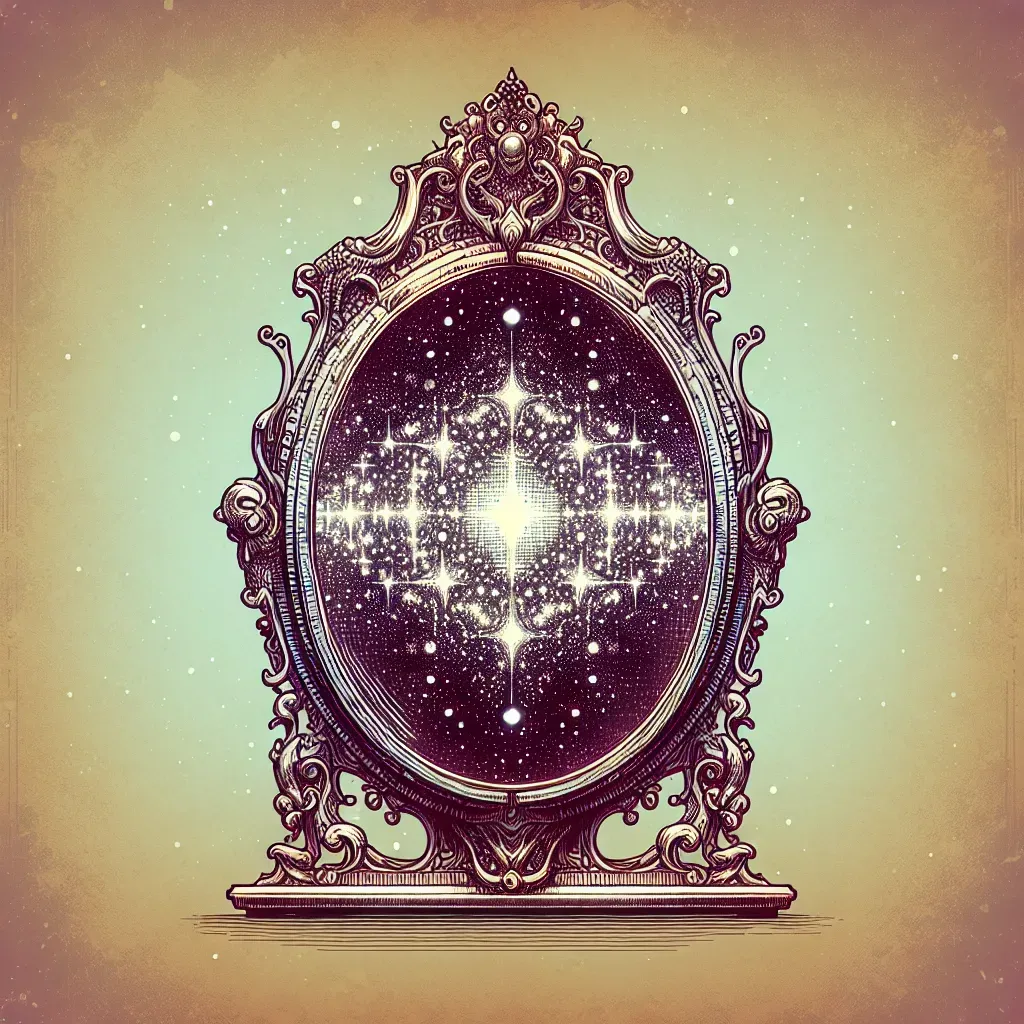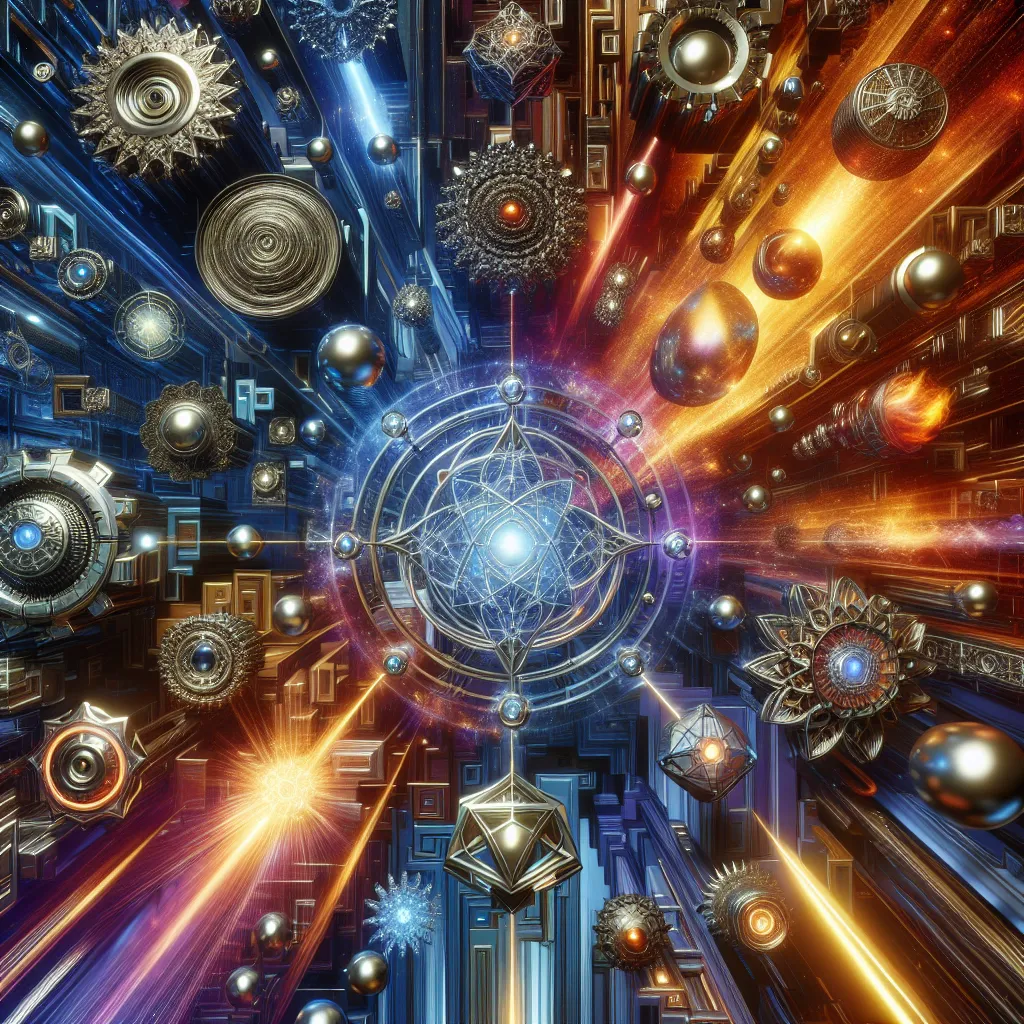Hello, movie enthusiasts!
Today, we’re diving deep into an intriguing question about Star Wars: The Rise of Skywalker: “What metal was used in Palpatine’s throne?” This exploration will unravel the layers of cinematic design and the lore behind this iconic piece of furniture.
The Direct Answer
Emperor Palpatine’s throne in Star Wars: The Rise of Skywalker is a striking piece of design that embodies the dark, ominous presence of the Sith. While the movie does not explicitly state the specific metal used in the throne’s construction, the visual and thematic elements suggest a material that reflects the Sith’s sinister aesthetic. The throne’s appearance suggests a dark, metallic construction, possibly inspired by materials like obsidian or a fictional alloy unique to the Star Wars universe, such as durasteel, which is frequently mentioned in the lore as a strong, durable metal used in various Imperial constructions.
Now, let’s explore the extensive evidence and details that support this answer:
1. The Design and Visual Aesthetics
The design of Palpatine’s throne is a significant aspect of its characterization, reflecting the overarching themes of power and darkness associated with the Sith.
A. Visual Inspiration and Cinematic Design
– Relevant Real-World Science: The throne’s design draws from real-world architectural and artistic principles that emphasize imposing and intimidating aesthetics. In architecture, the use of dark materials and sharp lines can create a sense of authority and foreboding, akin to brutalist architecture, which employs raw concrete and emphasizes stark, geometric forms.
– Expert Perspectives: Production designer Kevin Jenkins and director J.J. Abrams have discussed the throne’s design process, emphasizing its role as a symbol of ultimate power. Jenkins noted that the throne was inspired by early concept art from Ralph McQuarrie, the legendary Star Wars concept artist, who often utilized angular, monolithic structures to convey a sense of dominance.
– Comparable Real-World Examples: In the real world, materials like black granite or basalt are used in monuments and buildings to convey strength and permanence. These materials are visually similar to the throne’s appearance, suggesting a connection to the thematic elements of power and eternity.
B. Symbolism and Material Representation
– Historical Context: Thrones have historically been crafted from materials that symbolize power, such as gold or marble. In the context of Star Wars, using a dark, metallic substance aligns with the Sith’s association with darkness and control.
– Technical Requirements: The throne’s design requires materials that not only look imposing but are also practical for set construction. Durasteel, a fictional material in the Star Wars universe known for its strength and durability, fits this requirement perfectly.
– Practical Applications: In terms of practical set design, the throne would need to be constructed from materials that are both lightweight for ease of movement and robust enough to withstand filming conditions. This often involves using metal alloys or composites that mimic the appearance of heavier materials.
C. Additional Sub-Aspect for Comprehensive Coverage
– Cinematic Techniques: The use of lighting and shadow in the film enhances the throne’s menacing appearance. By casting shadows and using reflective surfaces, the filmmakers create a dynamic visual effect that emphasizes the throne’s power.
– Mini-Summary: The throne’s design and material choice are deeply intertwined with its role as a symbol of Sith power, drawing from both real-world and fictional inspirations to create an iconic piece of cinematic art.
2. The Role of Fictional Materials in Star Wars
The Star Wars universe is rich with unique materials that serve specific narrative and aesthetic purposes.
A. Durasteel and Its Significance
1. Durasteel in Star Wars Lore: Durasteel is a canonical material in the Star Wars universe, known for its resilience and use in constructing starships, weapons, and structures. It is often depicted as a dark, metallic substance, aligning with the throne’s appearance.
2. Scientific Basis: While durasteel is fictional, it is conceptually similar to real-world steel alloys that combine iron with other elements to enhance strength and durability. This makes it a plausible choice for constructing a throne meant to symbolize unyielding power.
3. Expert Opinions: Star Wars material guides and encyclopedias frequently reference durasteel as a preferred material for Imperial constructions, reinforcing its thematic association with the Sith.
4. Practical Implications: Using a material like durasteel in the narrative allows for the creation of structures that are both visually imposing and functionally indestructible, a perfect metaphor for the Sith’s enduring influence.
B. Exploring Other Potential Materials
– Alternative Materials: Other materials mentioned in Star Wars lore, such as cortosis or phrik, are known for their resistance to lightsaber strikes, adding a layer of invulnerability that complements the Sith’s desire for dominance.
– Material Characteristics: These materials are characterized by their unique properties, such as energy absorption or extreme hardness, which would be advantageous in constructing a throne meant to withstand the test of time and conflict.
– Mini-Summary: The use of fictional materials like durasteel not only serves practical narrative purposes but also enriches the lore by providing a tangible connection to the Sith’s thematic elements of power and resilience.
3. Thematic and Symbolic Significance
The throne’s material and design are not just about aesthetics; they carry deep thematic weight.
A. Symbolism of the Throne
– Power and Authority: Thrones have always been symbols of power and authority. In Star Wars, the throne represents the ultimate control and dominance of the Sith over the galaxy.
– Darkness and Fear: The use of dark, metallic materials enhances the throne’s role as a symbol of fear and intimidation, central to the Sith’s philosophy.
– Eternal Conflict: The throne’s design reflects the ongoing battle between the Sith and the Jedi, with its imposing presence serving as a constant reminder of the Sith’s enduring threat.
B. Alternative Perspectives or Counter-Arguments
– Potential Counter-Arguments: Some fans argue that the throne’s design could have been more explicitly tied to known Star Wars materials to enhance its canonical significance.
– Balanced Analysis: While this perspective holds merit, the ambiguity allows for creative interpretation and deeper engagement with the lore, inviting fans to explore the possibilities within the Star Wars universe.
C. Future Possibilities
– Exploring New Materials: As the Star Wars universe continues to expand, new materials and technologies may be introduced, offering fresh insights into the construction and symbolism of iconic elements like the throne.
– Technological Advancements: Advances in CGI and set design technology may allow for even more intricate and detailed representations of such iconic pieces in future films.
4. Additional Context and Considerations
Beyond its immediate appearance and material, Palpatine’s throne is a focal point for broader themes within the Star Wars saga.
A. Cultural and Historical Influences
– Cultural Significance: Thrones across cultures have been imbued with power and authority, often constructed from rare and valuable materials to signify the ruler’s status.
– Historical Precedents: Historical thrones, such as the Iron Throne from Game of Thrones, which is made from swords, serve as a cultural touchstone for understanding the symbolic weight of Palpatine’s throne.
B. Design Evolution
– Concept Art and Evolution: The throne’s design evolved from early concept art, reflecting changes in the narrative and visual storytelling priorities.
– Influence of Previous Films: The throne’s design pays homage to previous iterations seen in the original trilogy, maintaining continuity while introducing new elements.
C. Broader Implications
– Narrative Role: The throne serves as a narrative anchor, representing the culmination of the Sith’s plans and the ultimate challenge for the protagonists.
– Fan Engagement: The mystery surrounding the throne’s material invites fan theories and discussions, enriching the Star Wars community’s engagement with the film.
Conclusion: The Definitive Answer
Based on all the evidence we’ve examined:
- Design and Aesthetic Choices: The throne’s dark, imposing design is central to its role as a symbol of Sith power, drawing from both real-world and fictional inspirations.
- Use of Fictional Materials: The likely use of durasteel or similar materials aligns with the throne’s thematic and narrative significance.
- Symbolic and Thematic Weight: The throne embodies the Sith’s values of control, fear, and eternal conflict, serving as a powerful narrative element.
Final Verdict: While the exact metal used in Palpatine’s throne is not explicitly stated, its design and thematic elements strongly suggest a dark, durable material like durasteel, reflecting the Sith’s enduring legacy. The throne’s construction and symbolism are deeply intertwined, making it a quintessential piece of Star Wars lore.
This exploration of Palpatine’s throne reveals the intricate layers of design, symbolism, and narrative that make Star Wars a rich and enduring saga. By examining the throne’s material and design, we gain deeper insights into the themes of power and conflict that define the series, inviting fans to continue exploring the galaxy far, far away.



